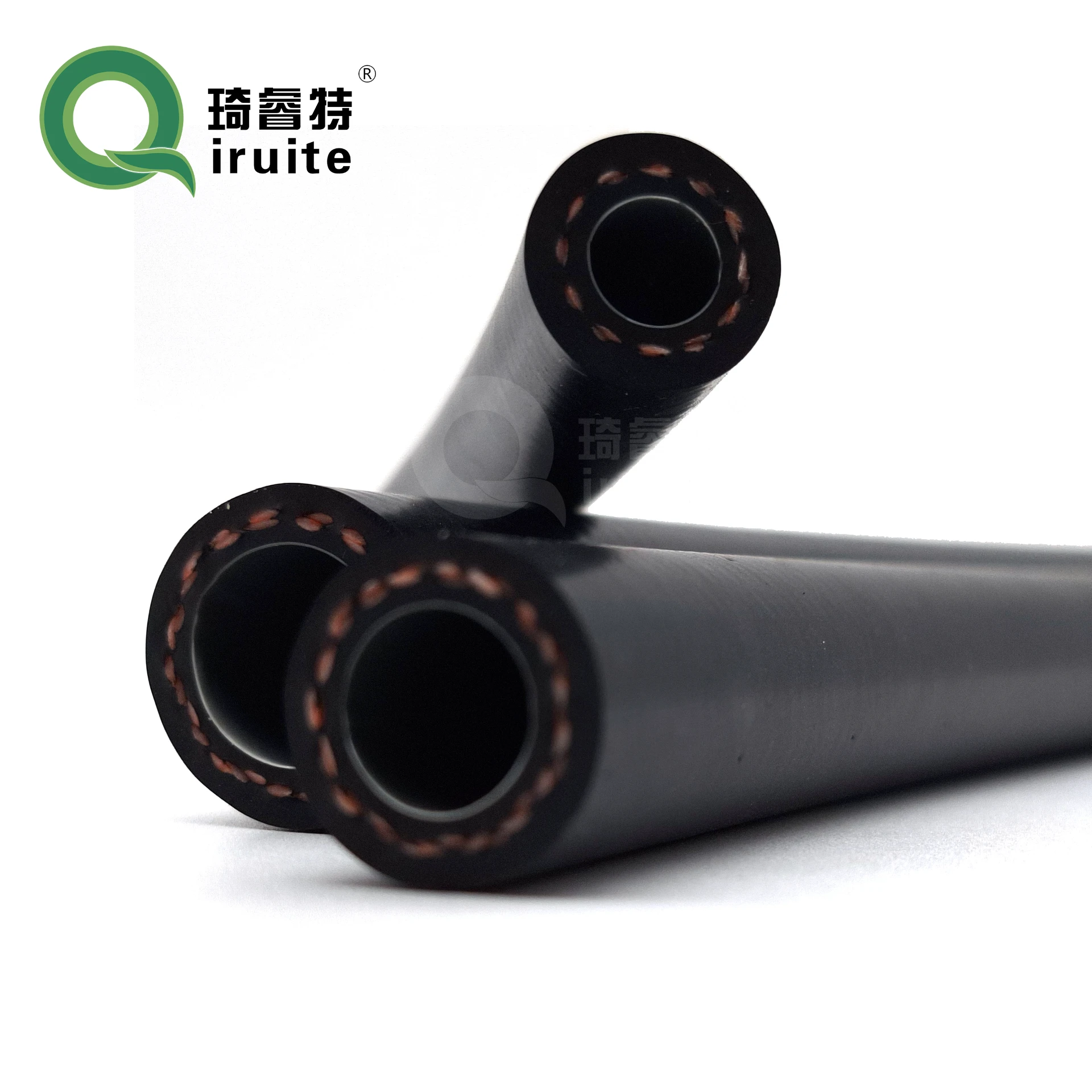How to Replace a High Pressure Power Steering Hose
How to Replace a High Pressure Power Steering Hose
Replacing a high-pressure power steering hose is a crucial task for maintaining the performance of your vehicle’s steering system. If you notice fluid leaks or erratic steering, it may indicate a problem with the power steering hose. This guide will walk you through the steps necessary to replace the hose successfully.
Tools and Materials Needed
Before starting, gather the following tools and materials
- New high-pressure power steering hose - Socket set and wrenches - Pliers - Screwdrivers - Power steering fluid - Drain pan - Shop rags - Safety gloves and goggles
Step 1 Prepare Your Vehicle
Begin by parking your vehicle on a flat surface and ensuring the engine is turned off and cool. Engage the parking brake for safety. If you have access to it, use a jack to lift the front of the vehicle for easier access to the power steering components. Always remember to use jack stands to secure the vehicle.
Step 2 Locate the High-Pressure Power Steering Hose
The high-pressure power steering hose typically connects the power steering pump to the steering gear. It usually runs along the front of the engine. Consult your vehicle's service manual for specific locations and routing specifics.
Step 3 Drain the Power Steering Fluid
Before removing the hose, you will need to drain the power steering fluid to prevent spills. Place a drain pan under the power steering pump and remove the cap, allowing the fluid to drain completely. It is important to wear safety goggles and gloves during this process, as the fluid can be toxic.
how to replace a high pressure power steering hose

Step 4 Remove the Old Hose
Once the fluid has drained, you can begin removing the old high-pressure hose. Start by using a wrench to loosen the fittings on both ends of the hose — one connected to the power steering pump and the other to the steering gear. If the hose is stuck, you can use pliers to gently twist it free. Be cautious not to damage surrounding components.
Step 5 Install the New Hose
Take your new high-pressure power steering hose and position it where the old hose was located. Hand-tighten the fittings to the power steering pump and the steering gear. After ensuring the hose is correctly aligned, use a wrench to tighten the fittings securely, being careful not to over-tighten them.
Step 6 Refill the Power Steering Fluid
With the new hose installed, it’s time to refill the power steering fluid. Pour the manufacturer-recommended type of power steering fluid into the reservoir. Check for any leaks around the new hose as you fill the reservoir.
Step 7 Test the System
Start the vehicle and turn the steering wheel from left to right multiple times. This action will help eliminate any air trapped in the system. Monitor the fluid level and add more fluid if necessary. Also, inspect the hose and fittings for leaks during this process.
Step 8 Final Steps
Once you’re confident that there are no leaks and the fluid is at the proper level, replace any parts you removed to gain access, such as splash shields or engine covers. Dispose of the old fluid properly at a designated recycling center.
Replacing a high-pressure power steering hose can seem daunting, but with the right tools and careful attention to detail, it is a manageable task. Regular maintenance will ensure the longevity of your vehicle’s steering system and enhance overall driving safety.
-
Ultimate Spiral Protection for Hoses & CablesNewsJun.26,2025
-
The Ultimate Quick-Connect Solutions for Every NeedNewsJun.26,2025
-
SAE J1401 Brake Hose: Reliable Choice for Safe BrakingNewsJun.26,2025
-
Reliable J2064 A/C Hoses for Real-World Cooling NeedsNewsJun.26,2025
-
Heavy-Duty Sewer Jetting Hoses Built to LastNewsJun.26,2025
-
Fix Power Steering Tube Leaks Fast – Durable & Affordable SolutionNewsJun.26,2025

